March 19
2016 March 19
Rosemary Jorna sends an interesting sequence of snail photographs from her garden in Metchosin. She found this 2 ½ cm snail under the leaves in her flower bed, March 17.
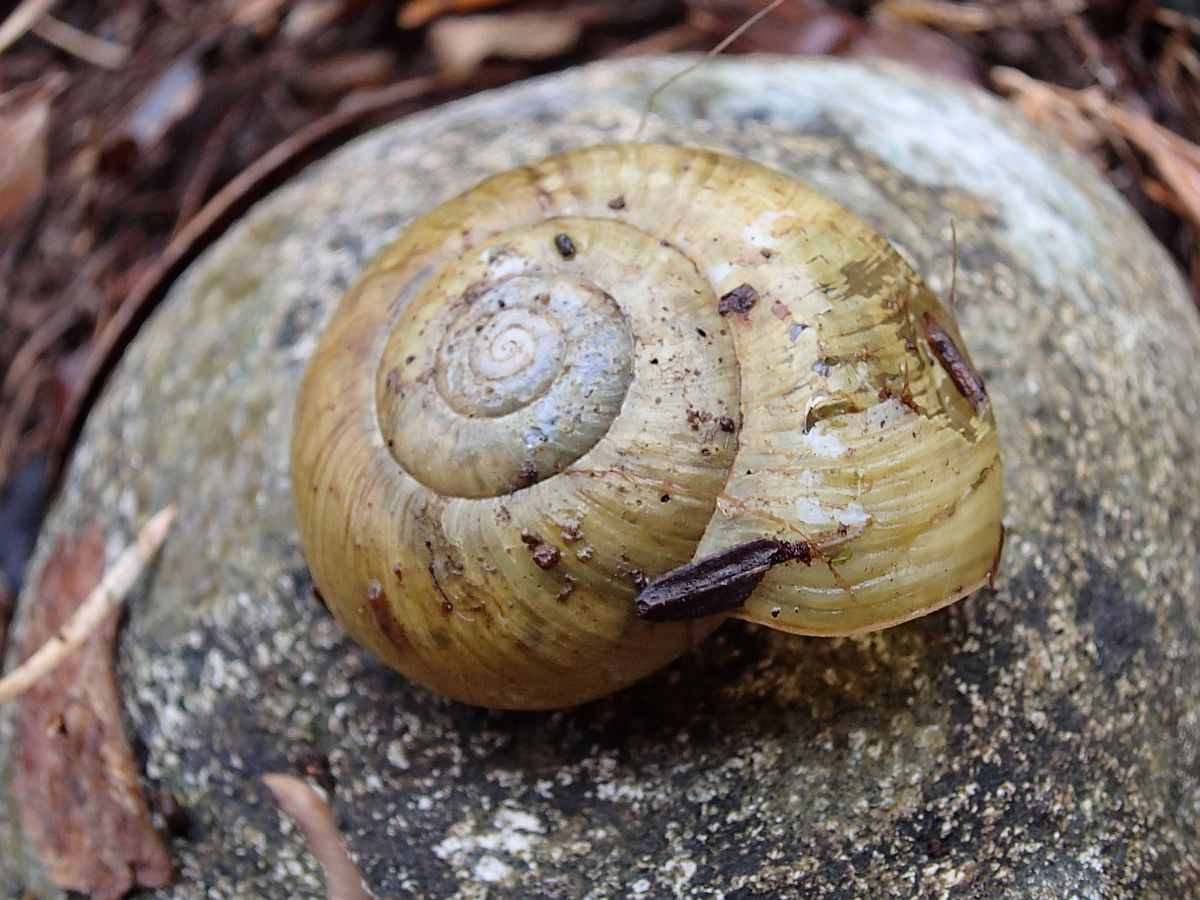
 Tentatively Haplotrema vancouverense (Pul.: Haplotrematidae) Rosemary Jorna
Tentatively Haplotrema vancouverense (Pul.: Haplotrematidae) Rosemary Jorna
She picked it up to see if the shell was occupied. It was – but not by its rightful owner!
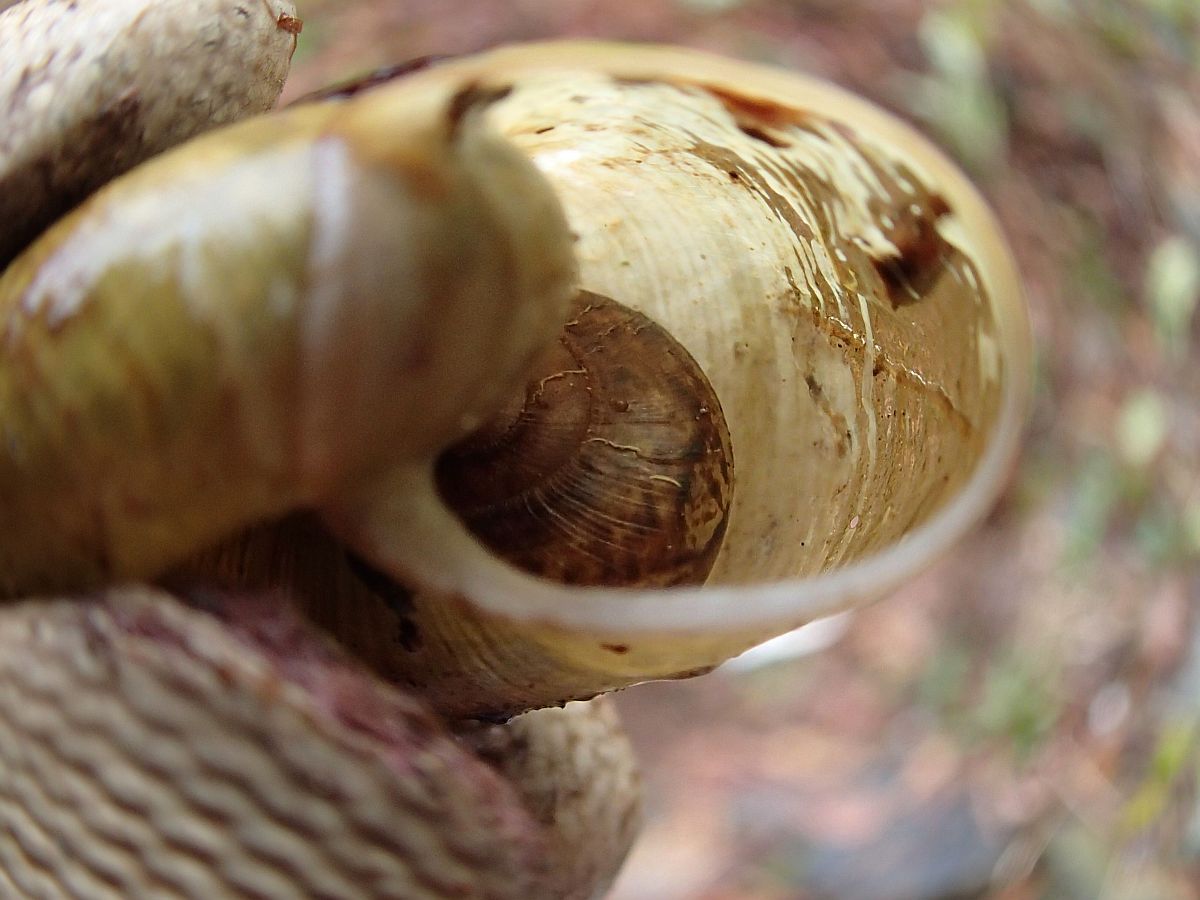
 Tentatively Haplotrema vancouverense (Pul.: Haplotrematidae) Rosemary Jorna
Tentatively Haplotrema vancouverense (Pul.: Haplotrematidae) Rosemary Jorna
Rosemary waited a while to see if the interloper would come out. Eventually, it did:
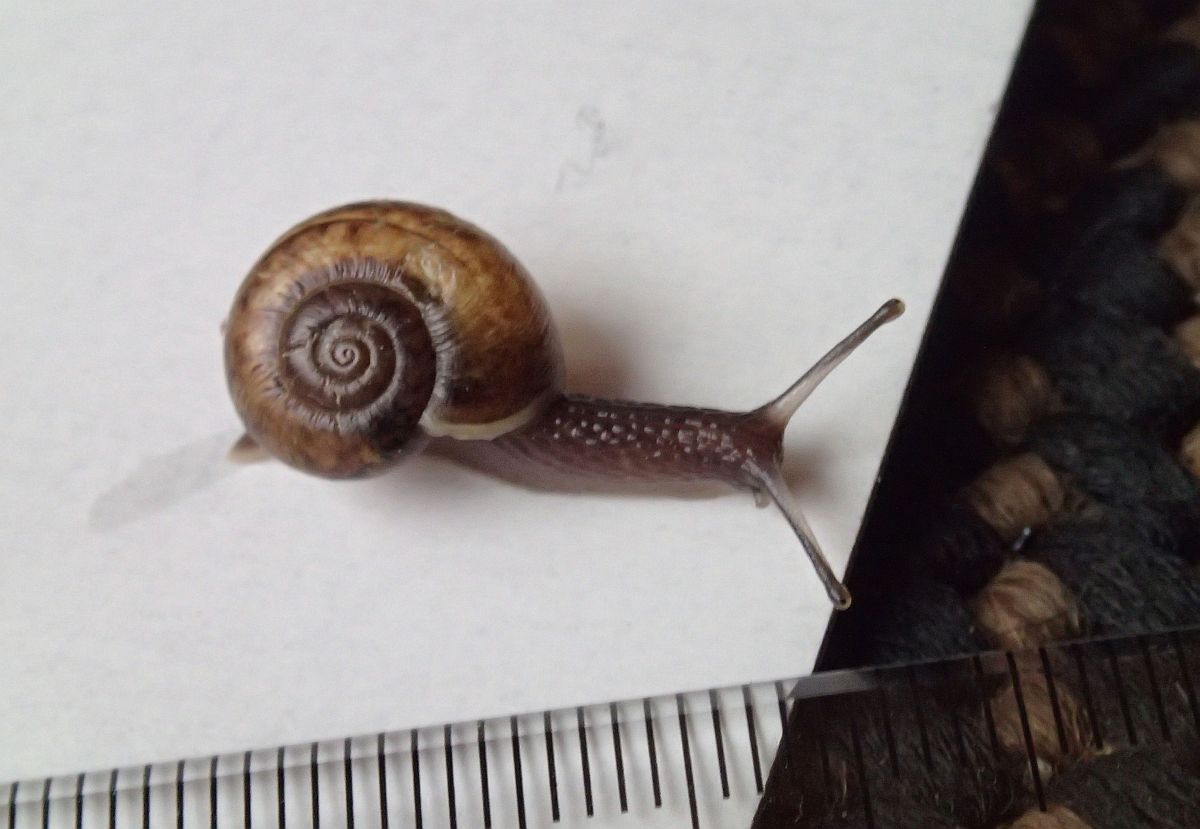
 Tentatively Haplotrema vancouverense (Pul.: Haplotrematidae) Rosemary Jorna
Tentatively Haplotrema vancouverense (Pul.: Haplotrematidae) Rosemary Jorna
It did a little bit of damage to the larger shell when it came out – not through the front door!
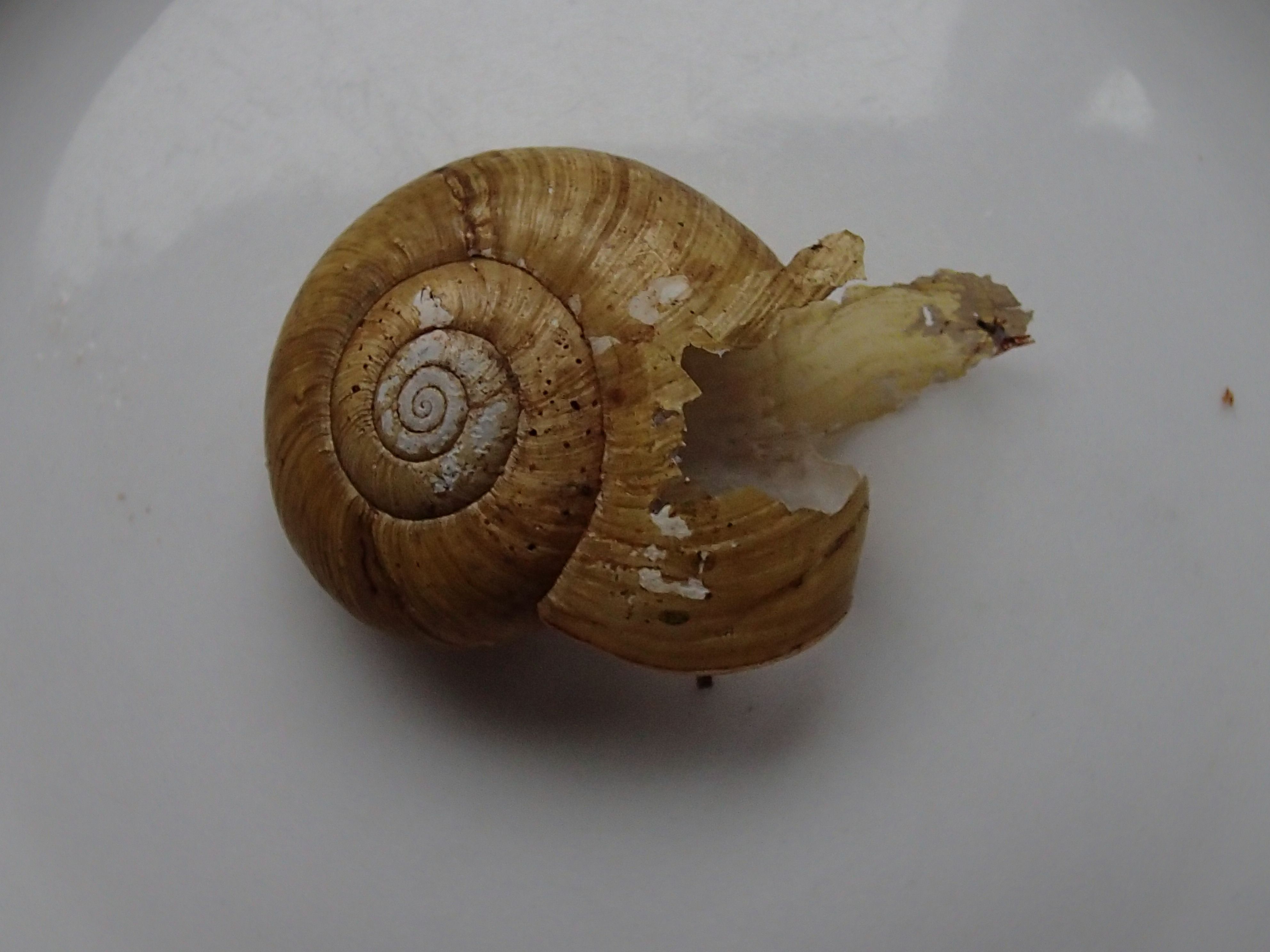
 Tentatively Haplotrema vancouverense (Pul.: Haplotrematidae) Rosemary Jorna
Tentatively Haplotrema vancouverense (Pul.: Haplotrematidae) Rosemary Jorna
Rosemary tentatively identifies both of the snails as the Robust Lancetooth Haplotrema vancouverense. [Agreed – Jeremy] Although the body of this snail is typically whitish, Rosemary tells me that dark-bodied forms exist. The Robust Lancetooth may look sweet, but is predatory on other animals, such as, according to Robert Forsyth, earthworms, slugs and snails, including their own species. Whether the smaller one had assassinated and cannibalized the larger one, or had merely found temporary shelter in an empty shell, we leave to the imagination of the viewer.
Nathan Fisk found the little moth below fluttering among the Siberian Miners’ Lettuce yesterday (March18) afternoon in the learning meadow at Fort Rodd Hill. Jeremy Tatum responds: This is a rather a worn specimen of Hydriomena nubilofasciata, the Oak Winter Highflyer. Moths of the genus Hydriomena are called “highflyers”, though I don’t think they all fly particularly high. Nathan’s moth was obviously quite low!
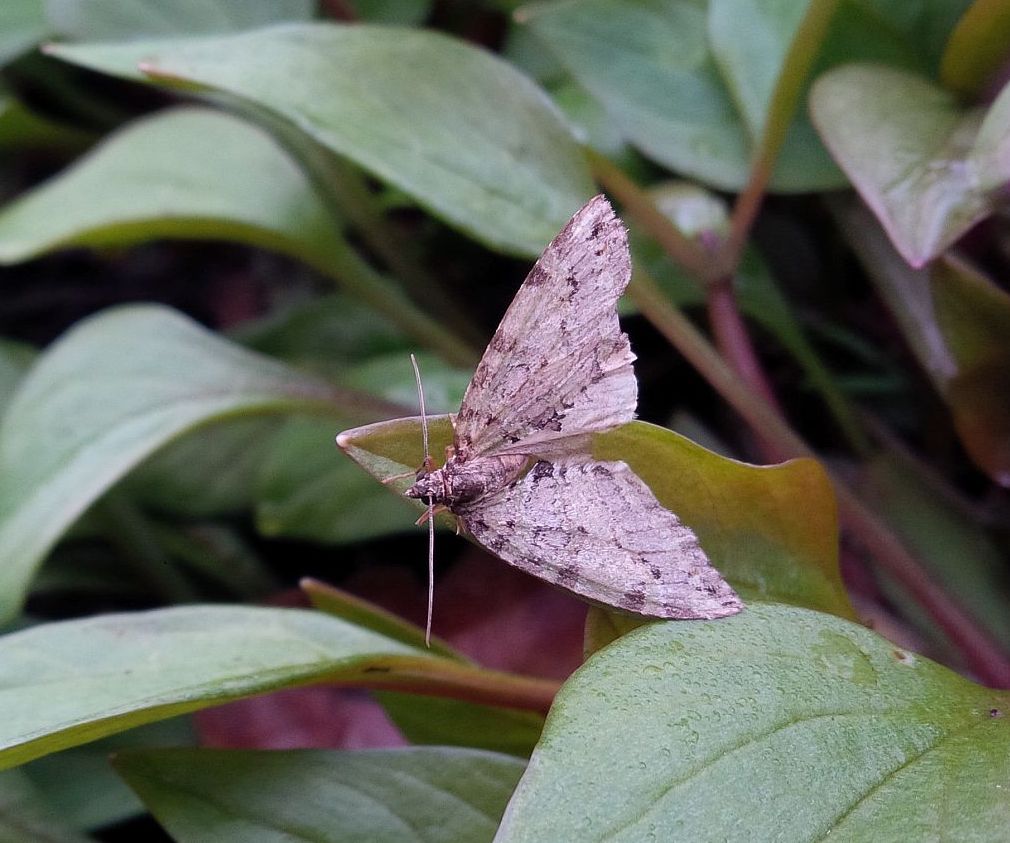
Hydriomena nubilofasciata (Lep.: Geometridae) Nathan Fisk
